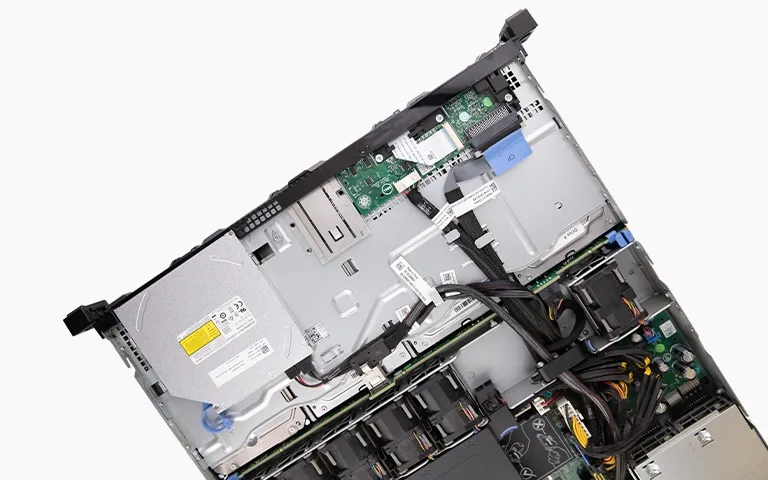Hard drives contain a hidden but essential section known as the Service Area (SA). When this area becomes corrupted, the drive can fail entirely, making hard drive recovery impossible without specialized intervention.
At PITS Data Recovery, we specialize in recovering data from hard drives with SA corruption, using proprietary tools, deep firmware knowledge, and cutting-edge diagnostics to recover data that others cannot.
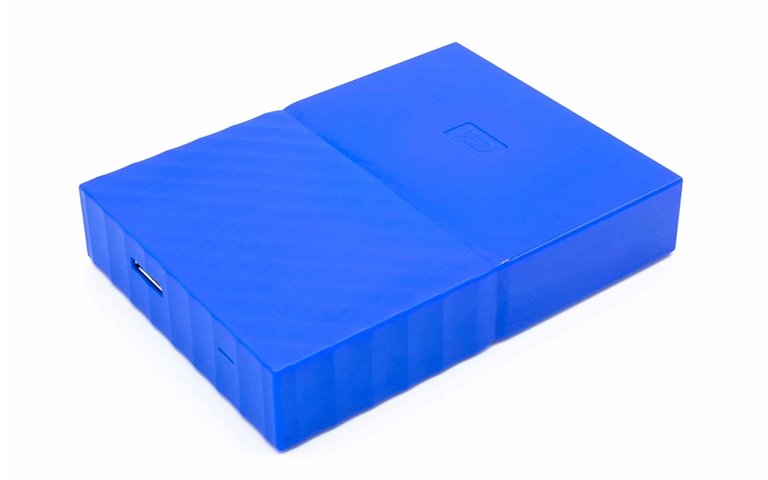
What Is the Service Area?
The Service Area is a reserved section of the drive’s platters, invisible to the user. It stores:
- Firmware modules (startup logic, SMART routines)
- Adaptive data (unique head maps and calibrations)
- Zone tables (mapping between logical addresses and platter zones)
- System files that allow the drive to boot and function
If the SA is corrupted, the drive may become unresponsive, show 0 capacity, or fail to spin up properly.
Causes of SA Corruption
SA corruption can be caused by:
- Power failure during firmware operations
- Defective ROM or controller chip
- Bad sectors in the SA region
- Failed firmware updates or editing attempts
- Internal drive errors or manufacturing defects

How Drives Store Zones and Sectors
Hard drives use Zone Bit Recording (ZBR) to optimize platter space:
- Outer zones hold more sectors per track
- Inner zones hold fewer sectors
Zone translation tables in the SA determine how data is mapped. If this table becomes corrupted, the drive may lose track of sector positions and logical file structures.
Signs of SA Failure
Common indicators of SA corruption include:
- Drive not detected in BIOS or OS
- System slowdown or freezing when connected
- Reported size is 0 MB or unreadable
- Continuous spinning without access
- No response to file system tools
PITS SA Recovery Process
Step 1: Evaluation
- Inspect PCB, ROM, and controller
- Read ROM chip and backup contents
- Analyze firmware load sequence
Step 2: Firmware Access
- Access SA via vendor-specific commands
- Dump modules and identify missing or corrupt data
- Backup and log every SA module safely
Step 3: Repair and Rebuild
- Replace damaged modules with donor files
- Reconstruct head maps and translator tables
- Reinitialize the drive firmware and test stability
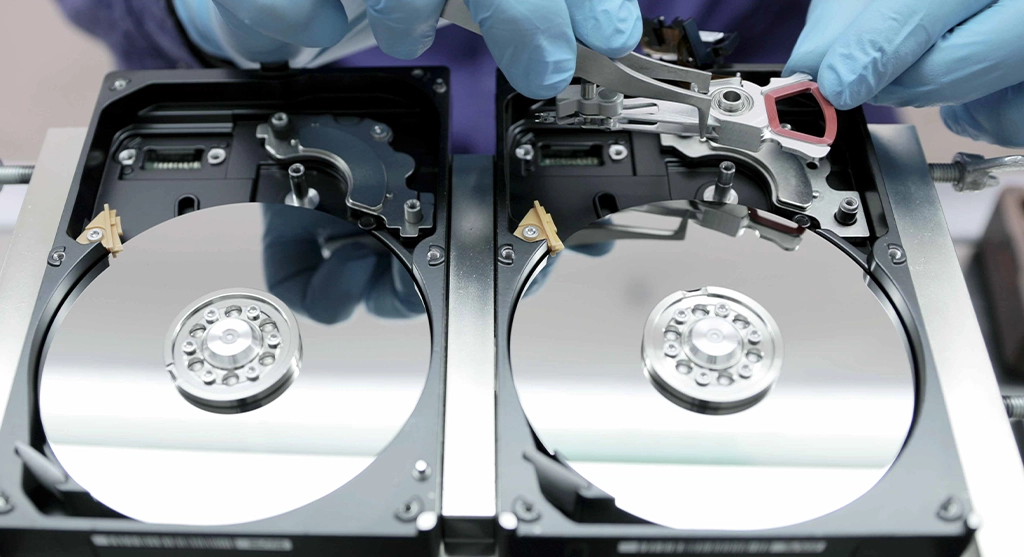
Your Data Security Is Our Priority
Data privacy isn’t optional. It’s our commitment. Our secure recovery process ensures your sensitive information stays protected from start to finish.
HIPAA Compliant
GDPR Compliant
Secure Facility
NDA Available
Trust in certified security. Start your recovery today! Call Now: 888.611.0737
Step 4: Imaging and Recovery
- Clone readable sectors to a secure environment
- Use multiple read passes to retrieve weak data
- Repair file system and recover logical volumes
Our Research and Tools
PITS Data Recovery leads the industry in complex firmware cases thanks to:
- A dedicated in-house R&D team
- Proprietary SA editing and emulation software
- Internal tools for head map repair, firmware loading, and defect list reconstruction
- Exclusive customer portals for secure file preview and delivery
These tools give us capabilities unmatched by competitors who rely only on off-the-shelf solutions.
Data Transfer and Verification
After recovery:
- Data is securely copied to a new external drive
- Clients preview recovered files through remote verification
- All recovery is conducted under strict data protection protocols
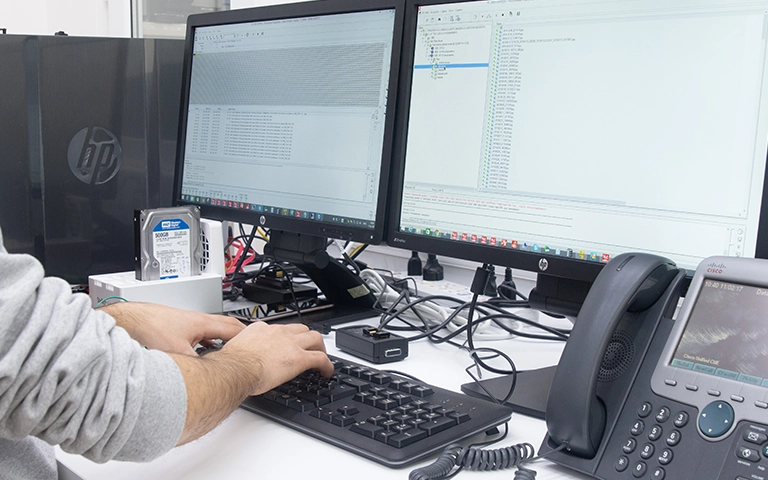
Get a Free Consultation.
Our recovery experts are ready to assess your device and guide you through the safest path to recovery. Fill out the form to get started.
"*" indicates required fields
Why You Need Experts for SA Repair
Service Area corruption is not repairable with any data recovery software. Attempting DIY repair can:
- Corrupt drive-specific calibration data
- Destroy head and defect maps
- Cause irreversible loss of access to all data
Only trained engineers with specialized tools can safely recover data from SA damage.
Why PITS Data Recovery
- Proprietary tools and SA firmware capabilities
- Internal research team and development lab
- Vendor-level firmware access for all major brands
- ISO-certified cleanroom for physical damage cases
- Verified results with a no recovery, no fee policy
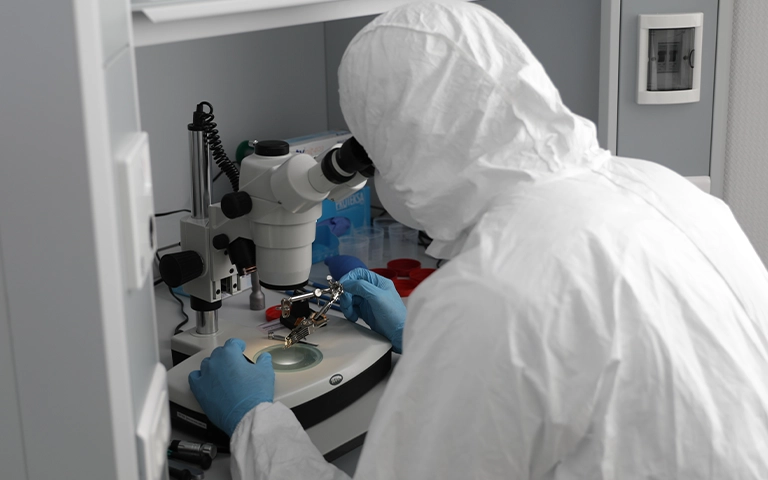
Frequently Asked Questions
How many drives can fail in RAID 5 before data is lost?
How does PITS rebuild a RAID 5 array safely?
Can RAID 5 be rebuilt after two drives fail?
Why is verification important after recovery?
Do you recover other RAID configurations?
Final Thoughts
Service Area corruption is one of the most serious forms of hard drive failure, but it doesn’t have to mean your data is gone. At PITS Data Recovery, we combine technical expertise, proprietary firmware tools, and a dedicated R&D team to recover data where others fail.
If your hard drive isn’t detected, shows the wrong size, or fails to initialize, reach out today for a professional evaluation. Our advanced methods ensure your data gets the best chance at a full recovery.
Watch what our customer saying
Don't Let Data Loss Ruin Your Business
Minimize business disruption. We retrieve lost data fast, so you can focus on what matters.



